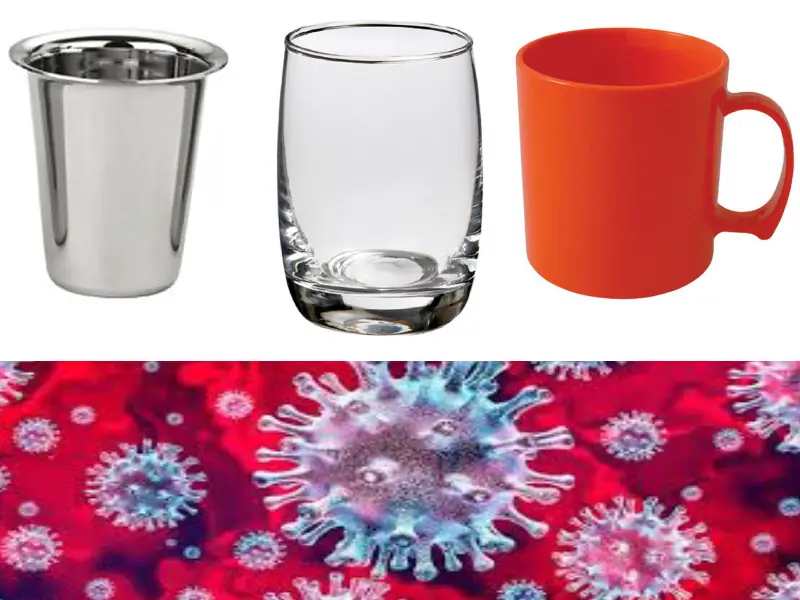Coronavirus stays on plastic, glass and stainless steel for three days: CCMB director
By Anurag Mallick
Hyderabad: Social media has been flooded with messages to explain the rationale behind Janta Curfew announced by Prime Minister Narendra Modi on March 22.
One of the messages going viral is titled: 'The Logic behind Janta Curfew.'
“Coronavirus life at one place is 12 hours and Janta curfew is for 14 hours. So the places or public areas where corona may have survived will not be touched for 14 hrs and this will break the chain. What we get after 14 hours is a safer country. That is the idea behind it. Next, this will be a drill if needed longer in the near future, “read the message
The lifespan of coronavirus in the air is 3 hours. It can stay on clothes made of cotton for 12 hours. The lifespan of coronavirus on bronze is 4 hours.
According to a report, things like Plastic, stainless steel, glass are seen as the materials through which the coronavirus can infect people for a longer period of time as it's the lifespan on these materials is way more than others. The size of the virus is expected to be somewhere between 0.06 microns to 0.14 microns.
As a result of a research named as " Aerosol and surface stability of HCoV-19 (SARS-CoV-2) compared to SARS-CoV-1 " by a group of scientists namely, Neeltje van Doremalen, Trenton Bushmaker, Dylan H. Morris, Myndi G. Holbrook, Amandine Gamble, Brandi N. Williamson, Azaibi Tamin, Jennifer L. Harcourt, Natalie J. Thornburg, Susan I. Gerber, James O. Lloyd-Smith, Emmie de Wit, Vincent J. Munster.
The result reads, " Coronavirus was most stable on plastic and stainless steel and viable virus could be detected up to 72 hours ( 3 days ) post application. No viable virus could be measured after 24 hours on cardboard and 4 hours in copper."
Speaking on the same, Centre for Cellular and Molecular Biology (CCMB) Director, Rakesh Mishra said, " The fact that coronavirus stays on Plastic, glass and stainless steel for three days is true. The people who have tested the infectivity by putting it in different surfaces which are common to earth and the surroundings. The result of the report is that it stays for three days. They are not active in cardboard or copper at the same time for so long. It doesn’t stay on cardboard because it gets absorbed. It needs water. When there are no droplets, they get exposed to the air and die. Surfaces like steel and plastic, there is no absorption of water. So it can stay in the form of droplets for a longer time. "